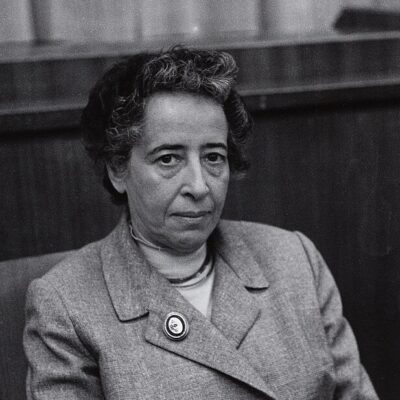Opinion
THE PEOPLEHOOD PAPERS
Israeli diasporas: The normalization of the Zionist project
The following essay is part of a collaboration between eJewishPhilanthropy and the Center for Jewish Peoplehood Education, which will publish a new edition of its Peoplehood Papers series, “Zionism 2025: Reinterpreting Vision, Mission and Boundaries,” with this essay and more, this week.

Sakchai/Adobe Stock
One of the key tenets of Zionism is the desire to “normalize” the Jewish people. Early Zionist ideologues coined this concept as “resolving the Jewish problem.” The assumption was that Jews are an anomalous group, whereby most of world Jewry is not present in the Jewish ancestral land. Zionist ideology aspired to change this anomaly. Indeed, this Jewish condition has been radically altered as a result of mass Jewish migration to the land of Israel over the past 150 years. To date, around half of the Jewish people are living in the Jewish State. In this new-old construct, the other half can be labeled, the “Jewish Diaspora.”
The relationship between nation-states and their diasporas includes migration of members of the diaspora to the homeland (repatriation) and emigration of people from the homeland to other locales. Ever since the Zionist project took shape, there were Jews who repatriated and Jews who left the homeland. In the short history of Israel there have emerged two types of diasporas. First, there are those Jews who have not repatriated and remained in their countries of domicile of pre-Zionism (or have moved from one locale to another). And, second, there are Israelis who left Israel and settled elsewhere.
Emigration from the homeland is part of the normalization of the Jewish People and can be regarded as an inevitable reality. Just like Jews who have never repatriated, there are citizens of the nation-state who are compelled to leave. Among those who leave the homeland are native-born Israelis, as well as recently repatriated Jews who seek to return to their countries of origin or move to new places.
Being an ideologically-driven project, the Zionist leaders as well as the Israeli leadership after 1948 saw the phenomenon of leaving Israel in negative terms and employed a variety of measures to minimize it. Nevertheless, it is estimated that around one million people have left Israel (not counting their children who were born in the countries of domicile). To date, there are several identified clusters of Israeli citizens living abroad. The largest group is in North America. Other locales include the United Kingdom, France, Germany, Holland, Hungary and Australia. In recent years we have seen the emergence of new Israeli communities in a wide range of places, including: Portugal, Greece, Cyprus, China, Costa Rica and more.
Not only can emigration out of Israel not be stopped, but it can be viewed as an integral aspect of Zionism’s success: normalization. As we grow to recognize this reality, we need to devote intellectual properties to the Zionist discourse around this phenomenon. Israelis abroad are an asset, not a problem. Counter to classical Zionist predicaments, they serve as a cultural bridge between Israel and the world and as an extension of the Israeli Zionist project. Israelis abroad can also strengthen local Jewish communities and support Israel from afar. And, as we have seen in the past, some Israelis eventually return to the homeland they had left; and if not them, the next generation might be attracted to the idea of repatriation. Zionist establishments as well as Jewish communal organizations in the Diaspora should invest and work toward strengthening Israeli communities and enrich their ethnic and religious life.
Israeli diasporas, together with veteran Jewish communities around the world, are key building blocks of contemporary Jewish peoplehood. It is a Zionist interest to nurture Jewish diasporas as part of the revised formulation of Zionism.
Elan Ezrachi is a Jerusalem-based Jewish peoplehood educator and scholar. His recent novel Hashlicha (2024, in Hebrew) focuses on a young Israeli woman who is sent to New York in the 1980s as an emissary.

 Add EJP on Google
Add EJP on Google









